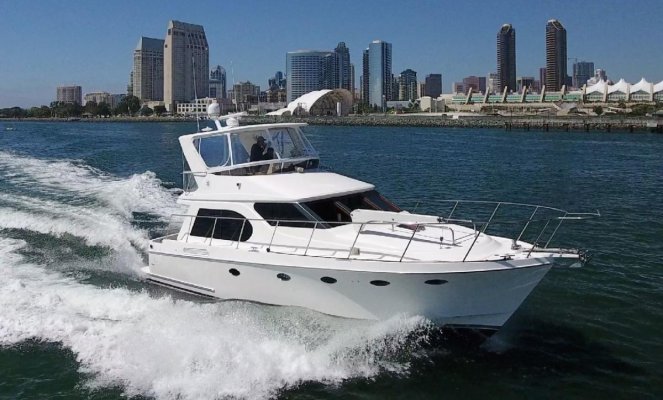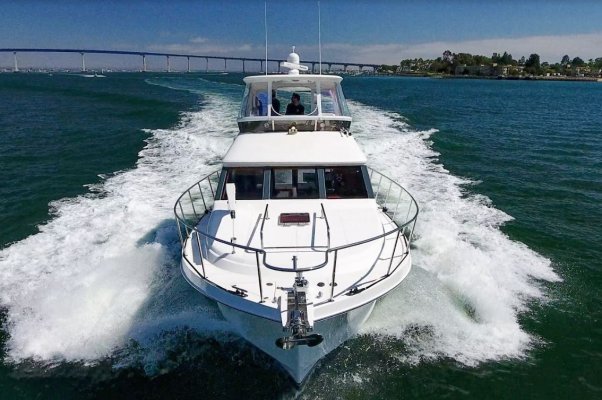Hippo, you've selected a list that almost runs the gamut, while Nordhavn and KKY are of a similar style, and from builders with long-established track records, and owners with whom you could speak, the DD and one off steel/AL are far different animals. Not undesirable, just different. DDs from Seahorse are interesting and proven (I've been to the yard, it, and the proprietor Bill Kimley, are equally as interesting) I would say the first order of business is to get aboard each one of these vessels to see how they feel (more challenging for one offs since they are, well one offs and all different).
One offs are, once again, and for obvious reasons, vastly different than vessels from builders who have built hundreds of boats. Steel and aluminum, which are often the material of choice for one offs, present another range of questions and potential issues, I often tell those considering these vessels, 'I have nothing against them steel and AL, however, to be a responsible owner you need to thoroughly educate yourself on the subject of corrosion, rather than listen to others, most of whom have no idea what they are talking about where this subject is concerned'. One offs also present a resale challenge. Having said all this, I've helped build custom, one off vessels, so they should not be excluded from the list, but they do have special considerations that must be taken into account.
This pre-offer checklist may be helpful in narrowing down your search
https://stevedmarineconsulting.com/a-boat-buyers-top-ten-guide-to-a-pre-offer-evaluation-part-i/
One offs are, once again, and for obvious reasons, vastly different than vessels from builders who have built hundreds of boats. Steel and aluminum, which are often the material of choice for one offs, present another range of questions and potential issues, I often tell those considering these vessels, 'I have nothing against them steel and AL, however, to be a responsible owner you need to thoroughly educate yourself on the subject of corrosion, rather than listen to others, most of whom have no idea what they are talking about where this subject is concerned'. One offs also present a resale challenge. Having said all this, I've helped build custom, one off vessels, so they should not be excluded from the list, but they do have special considerations that must be taken into account.
This pre-offer checklist may be helpful in narrowing down your search
https://stevedmarineconsulting.com/a-boat-buyers-top-ten-guide-to-a-pre-offer-evaluation-part-i/



